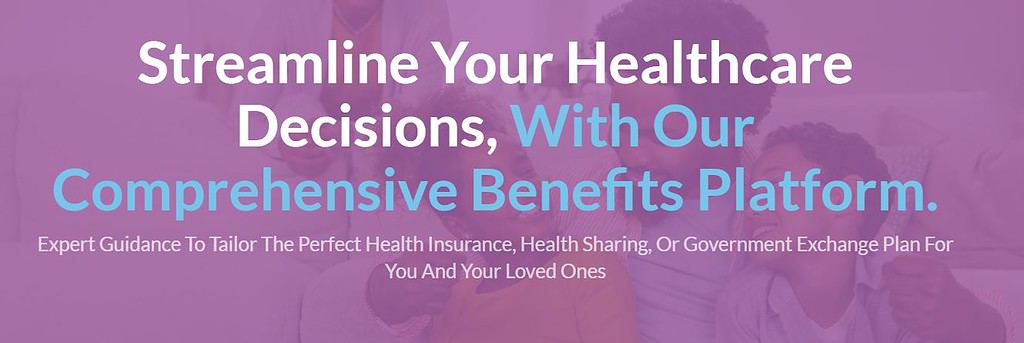In the United States, the financial burden of prescription drugs significantly overshadows that in other developed nations. The Kaiser Family Foundation’s data from 2020 highlights this disparity: individuals with employer-sponsored health insurance face an average annual prescription cost of $1,298. For the uninsured, this figure skyrockets to $5,063 per year.
How to lower your Prescription drug cost.
DAC Health rx PLAN a new disruptor for Cost.
Dachealth launches a new flat fee prescription program where 90% of the pharmaceuticals on the market are covered. With plans starting as little as $20 a month, this is a huge saving for people struggling with their monthly budget.

The top 20 most prescribed drugs:
- ozempic
- gabapentin
- hydroxyzine
- mounjaro
- meloxicam
- cyclobenzaprine
- wegovy
- semaglutide
- adderall
- omeprazole
- sertraline
- doxycycline
- lexapro
- amoxicillin
- trazodone
- amlodipine
- prednisone
- tramadol
- metformin
Unpacking the Drivers of Sky-High Prescription Costs
Most of the retail costs are Pharmacy markups. The following is what we are all being told controls the cost.
Several key factors play pivotal roles in elevating U.S. prescription drug prices:
Absence of Government Pricing Oversight
Unlike its global counterparts, the U.S. lacks a regulatory body to negotiate drug prices with pharmaceutical companies. This autonomy allows drug manufacturers to impose steep prices, often far exceeding those in other countries.
The Steep Price of Innovation
The pharmaceutical sector’s heavy investment in research and development (R&D) inevitably inflates drug prices. These billion-dollar expenditures are transferred to consumers, elevating medication costs.
Marketing Influence on Brand-Name Drug Preference
Pharmaceutical giants pour billions into marketing their brand-name products. This aggressive strategy often sways doctors towards prescribing these pricier options over more economical generic versions.
The repercussions of these high costs are profound, affecting both health and finances. Individuals are often cornered into making difficult choices between medication and basic needs, like food or housing. Some may even compromise their health by underutilizing their prescribed medication due to cost.
Charting a Course Towards Affordable Medication
Addressing this issue requires decisive action, and there are several strategies that could pave the way:
Empowering Medicare to Negotiate Prices
As the largest buyer of U.S. prescription drugs, enabling Medicare to negotiate prices could lead to broader market reductions.
Implementing Prescription Cost Caps
Capping out-of-pocket expenses would shield consumers from devastating drug costs, ensuring greater financial stability.
Importing Affordable Drugs
Currently, U.S. policies restrict drug imports. Allowing access to lower-cost medication from abroad could substantially reduce domestic drug prices.
Accelerating Generic Drug Approval
The lengthy and costly process of approving generics in the U.S. delays their market entry. Streamlining this process could significantly lower drug prices.
